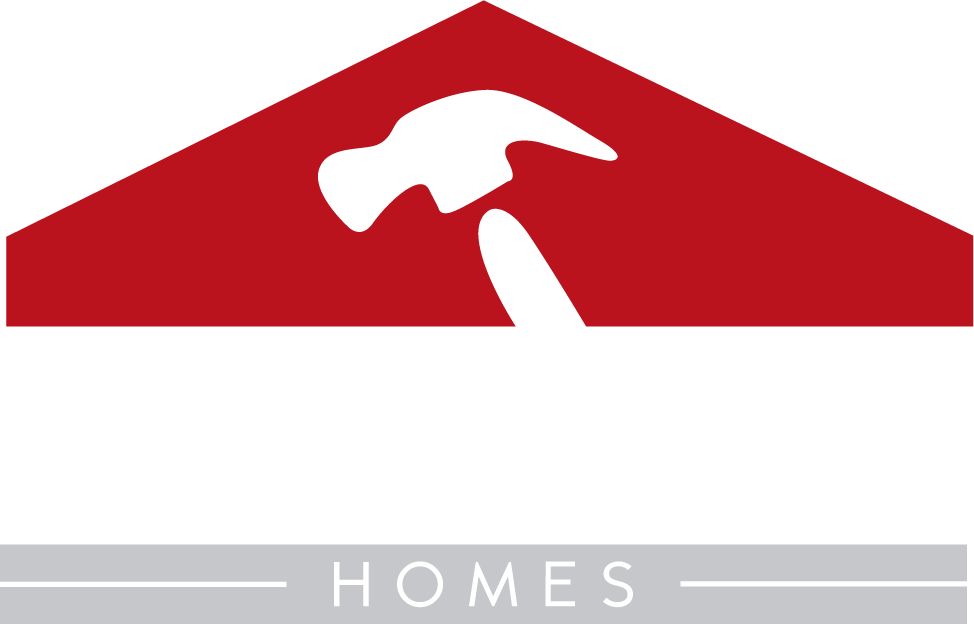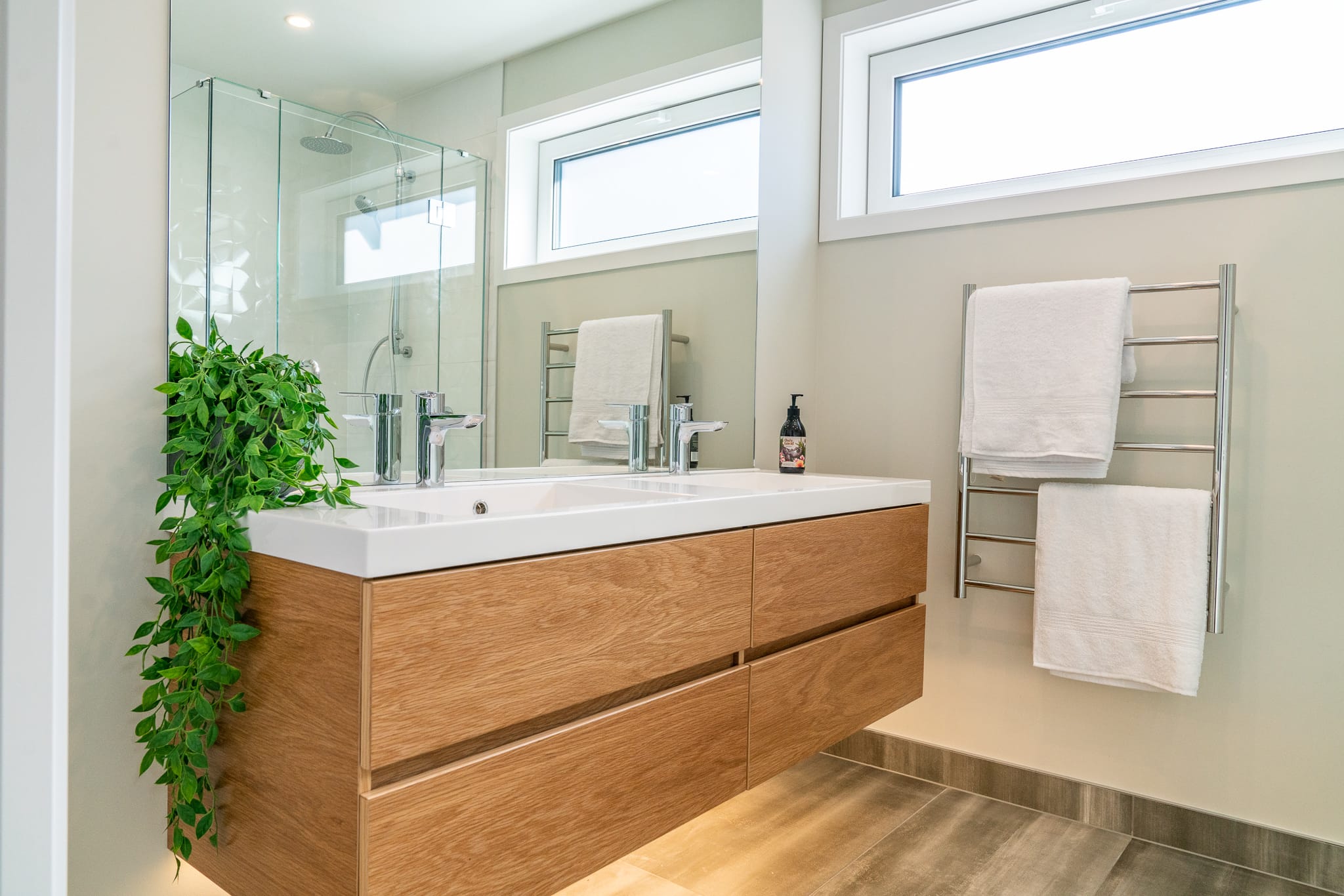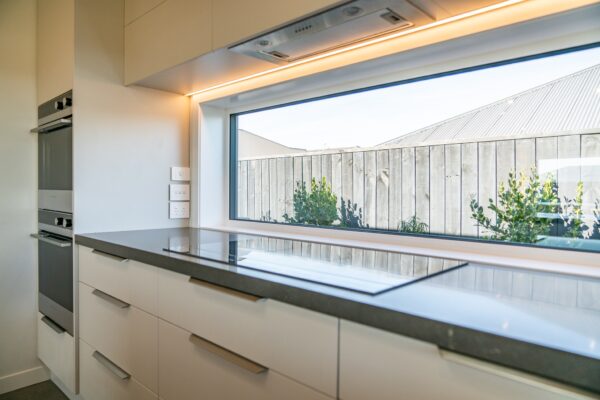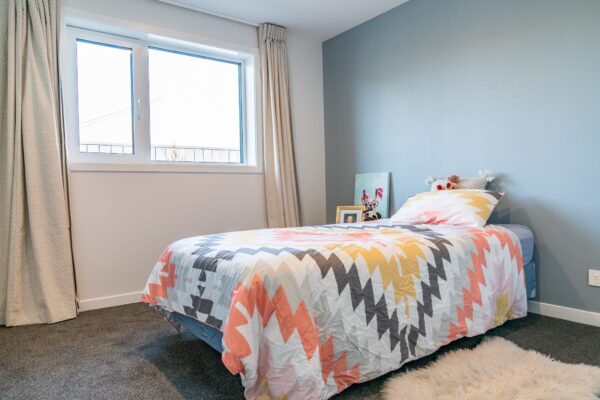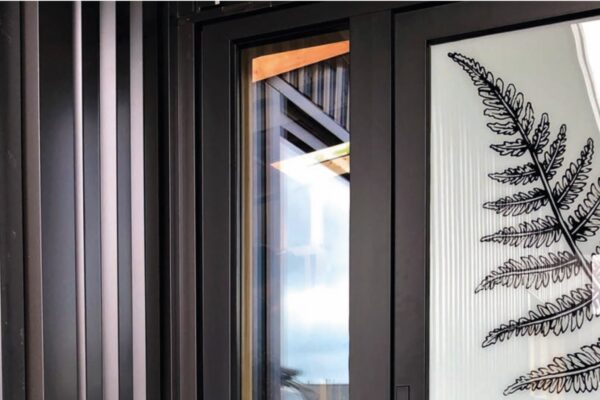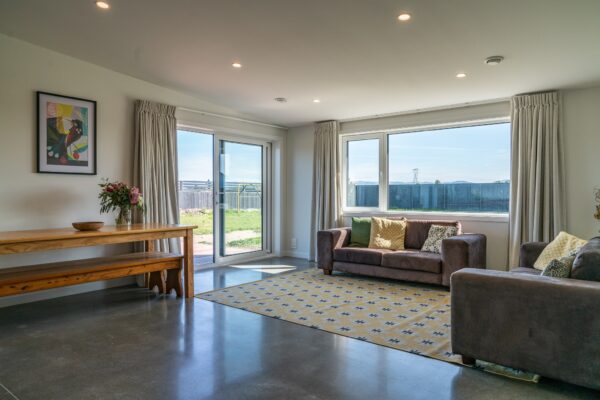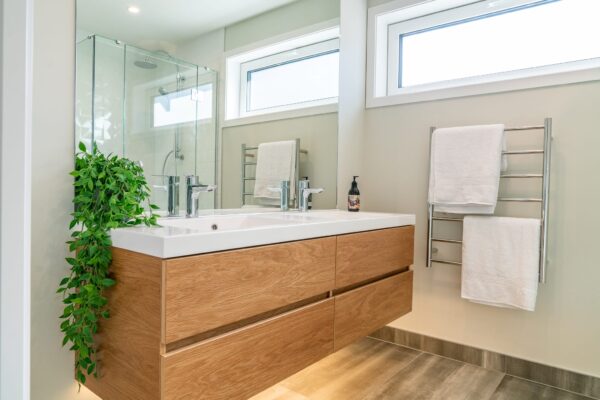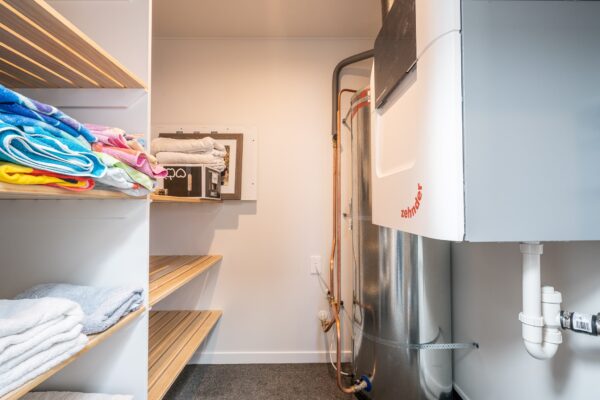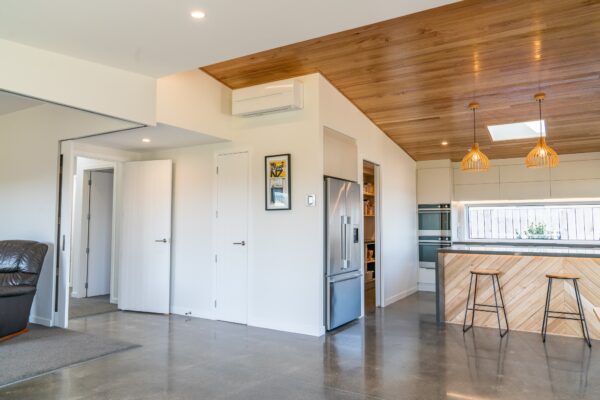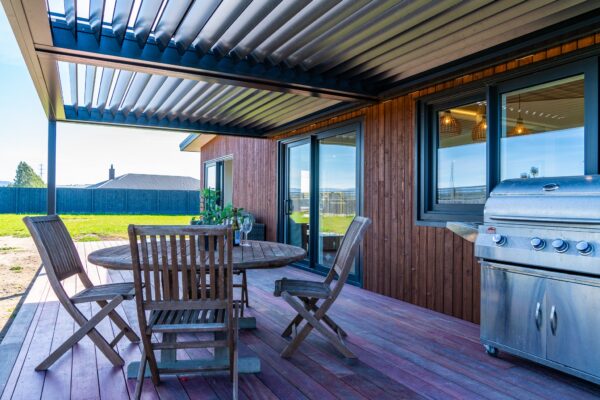Introduction to Part 2 (of 3 Blog Series)
It has been almost 5 years since we moved into our high performance home. Whilst it is not passive certified, it is designed to passive house principles and underwent energy modelling. This modelling demonstrated it would perform well above the minimum building code and achieve a healthy, comfortable, sustainable, and energy efficient home.
So, what does this mean and has it been worth the extra investment? In short, it has been more than worth it, and we have examples to support this.
We have divided the blog into three parts:
- Health & comfort
- Energy demand and cost
- Practical findings
A Financial & Sustainability Driver
Last week we described how our home has performed for both our health and comfort over the last 5 years.
Another main driver for passive house is energy efficiency and lower energy usage. This is determined through the energy needed to heat and cool an entire home (all rooms) to a comfortable temperature range year-round.
Whilst there are other power requirements, including hot water and appliances, the effect of removing the power demand to heat and cool remains significant.
Our previous 5 bedroom house required 3 heat pumps and had a log burner. Our annual power bill was $4000 + wood.
In our current 4 bedroom passive house, we have one small 4kw heat pump for the entire house for use in the peak cold winter months and when cooling is required on those muggy norwester days. So, whilst our current house is slightly smaller and a more efficient shape, the outcome is that we have saved significantly on heating and cooling power through building better. The very fact we only need this small heat pump unit to remain comfortable reinforces the importance of the buildings design and fabric in reducing heating and cooling demand.
When comparing power usage, it is important to set the scene about a household’s energy usage as this varies significantly between families.
- We have an outdoor spa that runs throughout the year;
- Three teenage kids who love their hot showers (arguably not a bad thing);
- Standard hot water heating;
- We have 14 solar panels installed. No battery.
In dollar terms, what are we talking?
On average we spend almost $1200 on power a year for a family of 5 (3 active teenagers = 2 showers a day), an outdoor spa, large induction hob, with 14 solar panels.
We are thrilled that our bill is:
- Almost a ¼ of what it was in our old house, despite our other large power demands!
- Significantly lower than many of our peers not living in a home built to passive house principles with similar family power demands.
- Add to this the fact that the moment you wake up or walk into the house, we are warm, comfortable with high indoor air quality throughout our home. It’s pretty darn good!
What’s the cost of running a heat recovery ventilation system?
The MHRV combines heat recovery with ventilation. It effectively controls air movement and recovers heat. All this for the same running cost as that of a lightbulb, instead of electricity for fans and heating, and other fuels. It also controls humidity and moisture within the home. The cost savings here are potentially huge in terms of your health and the health of your home. Whilst other ventilation methods specifically work to remove moisture from your home, this also removes heat which then requires replacing.
The Ease of Achieving Ideal Thermal Comfort
In our experience, what have we found is needed (additional heating/cooling) to maintain ideal thermal comfort?
- All rooms maintain a uniform temperature year round so they are usable and comfortable 24/7 without additional heating.
- Solar gain will add additional heat to some west facing rooms which can be controlled when needed with shading, blinds or opening windows. Design is important – winter heat gain dissipates nicely as it gets dark, but summer heat gain requires more management.
- A heat pump in the living area is turned on and off as needed on those hot summer days as its use is more sporadic. One 4kw unit is enough to circulate to all areas of our home when needed. Windows can also be opened or the MHRV boosted to purge additional heat.
- Conversely, our 4kw heat pump is left on at 22 degrees during the winter months. This allows it to turn on when the indoor temperature is below 22 and turn itself off when above. This size heat pump is enough to manage the temperature across our 4 bedroom, 2 living home (this is not by accident).
- Large gatherings inside the home may require using the boost function on the MHRV, or opening a window, if the additional bodies create too much heat (which is then recovered by the MHRV).
In conclusion, the passive principles, including the MHRV, work to achieve ideal comfort levels most of the time with no additional interference or cost. When manual intervention is required in winter and hot summer days it is generally minimal, with free alternatives to purge heat in the summer and an automated solution for a small energy efficient heat pump in the winter. All in all, a significantly reduced need for additional thermal management and associated costs.
Next week we look at some practical learning’s and some of the maintenance we undertake.
